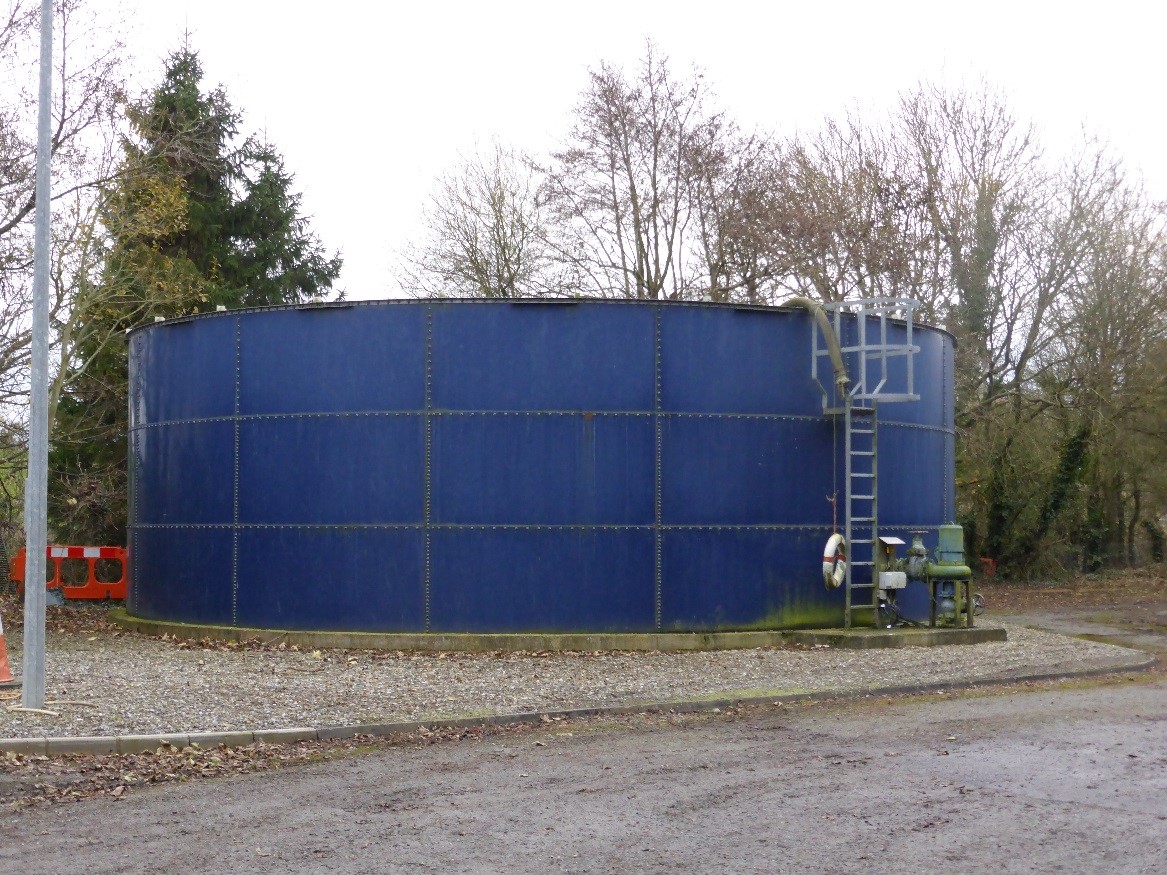The INTERREG VA Programme is one of over 60 funding programmes across the European Union that have been specifically designed to address problems that arise from the existence of borders. The programme’s aim is to stimulate cross border co-operation between neighbouring states in order to improve infrastructure and services within an eligible area, irrespective of national boundaries. The Environmental Priority Axis deals with the preservation & protection of the environment with the use of cross border initiatives to deliver water quality improvements to water bodies that straddle national boundaries. Under the Environment Priority Axis 2 – Environment, sub-priority 2b – invest in water sector, objective 2.3 – Improve water quality in transitional waters, the co-operation programme document agreed between the Special EU Programmes Body (SEUPB) and the European Commission (EC) states that within the programme area, Ireland and Northern Ireland share the following transitional water bodies:
- Carlingford Lough – (between County Louth in Ireland and County Down in Northern Ireland)
- Lough Foyle – (between County Derry in Northern Ireland and County Donegal in Ireland).
Irish Water have appointed TOBIN to provide technical services in relation to four agglomerations in these two transitional waters. These agglomerations are Lifford, Killea and Carrigans in Co. Donegal, and Omeath in Co. Louth.
The Employers’ Requirements are being framed in such a way that waste generation during the construction phase is minimised. The Contractor is required to prepare a Waste Management Plan.
In addition he is obliged in his Monthly Reports to report on the tonnage of various waste streams generated and treatment /disposal routes implemented for all wastes generated.
The main project objective is to improve the water quality in both Lough Foyle and Carlingford Lough through investment in wastewater treatment infrastructure.
The works associated with the Contract are in close proximity to a number of European designated sites including Special Areas of Conservation (SACs) and Special Protection Areas (SPAs). The largest agglomeration in the bundle is Lifford from which wastewater currently discharges with primary treatment only to the River Foyle, which is contained in the River Finn SAC (site code 002301). The site is a Special Area of Conservation (SAC) selected for the following habitats and/or species listed on Annex I / II of the E.U. Habitats Directive: Oligotrophic Waters containing very few minerals, Wet Heath, Blanket Bogs (Active), Transition Mires, Atlantic Salmon (Salmo salar) and Otter (Lutra lutra)
This SWELL project has, through agreement with Northern Ireland Water, developed a metric (ADI) for the anticipated benefit to the shared transitional waters following the project completion. The asset discharge improvement (ADI) is defined as the perceived minimum reduction in volume and/or BOD5 concentration discharged to the water course that is envisaged through the proposed interventions. As an example, the ADI for Lifford is 1960 PE (one PE being 60gBOD). This means that an estimated 117 kg less BOD will be discharged each day to the receiving waters, which will have significant benefits on the quality of the water and with obvious benefits for the habitats listed above.
The communities living adjacent to both Lough Foyle and Carlingford Lough will benefit from a greatly enhanced water quality in the loughs. Primary treatment will be discontinued and replaced with secondary treatment, which will facilitate the use of both water bodies for pleasure activities. In addition, it is hoped that the investment in wastewater collection and treatment at Omeath under the project will allow the shoreline to be designated as a Bathing Water.




